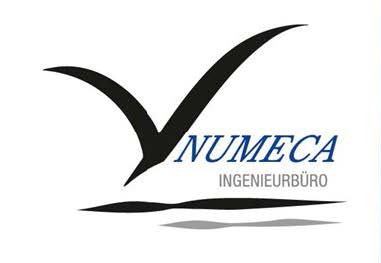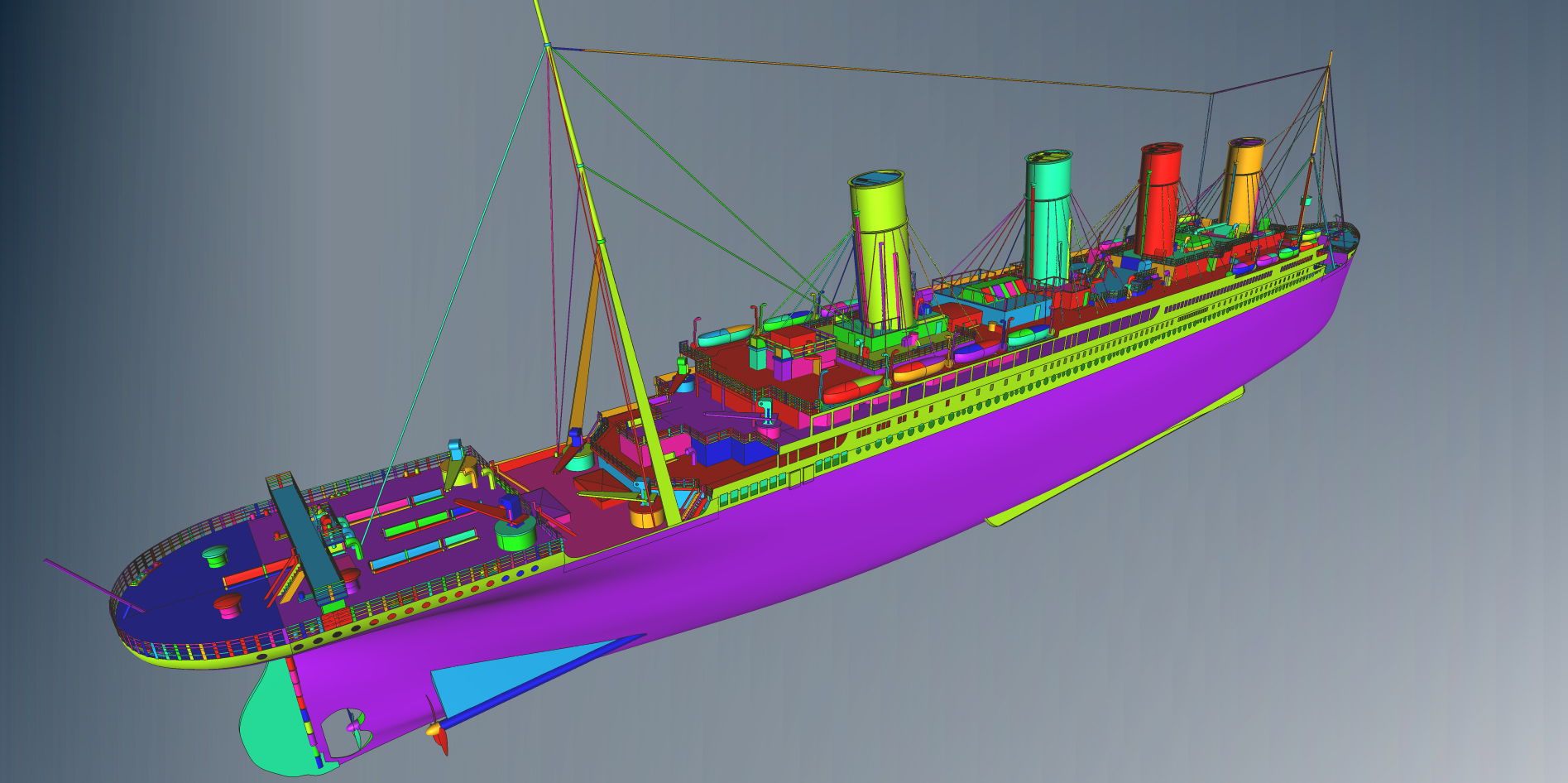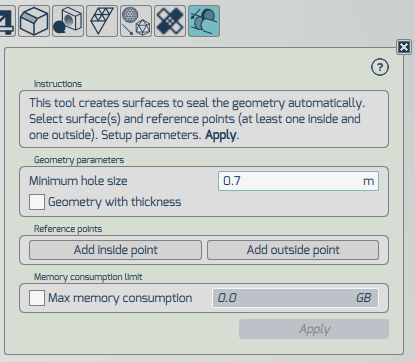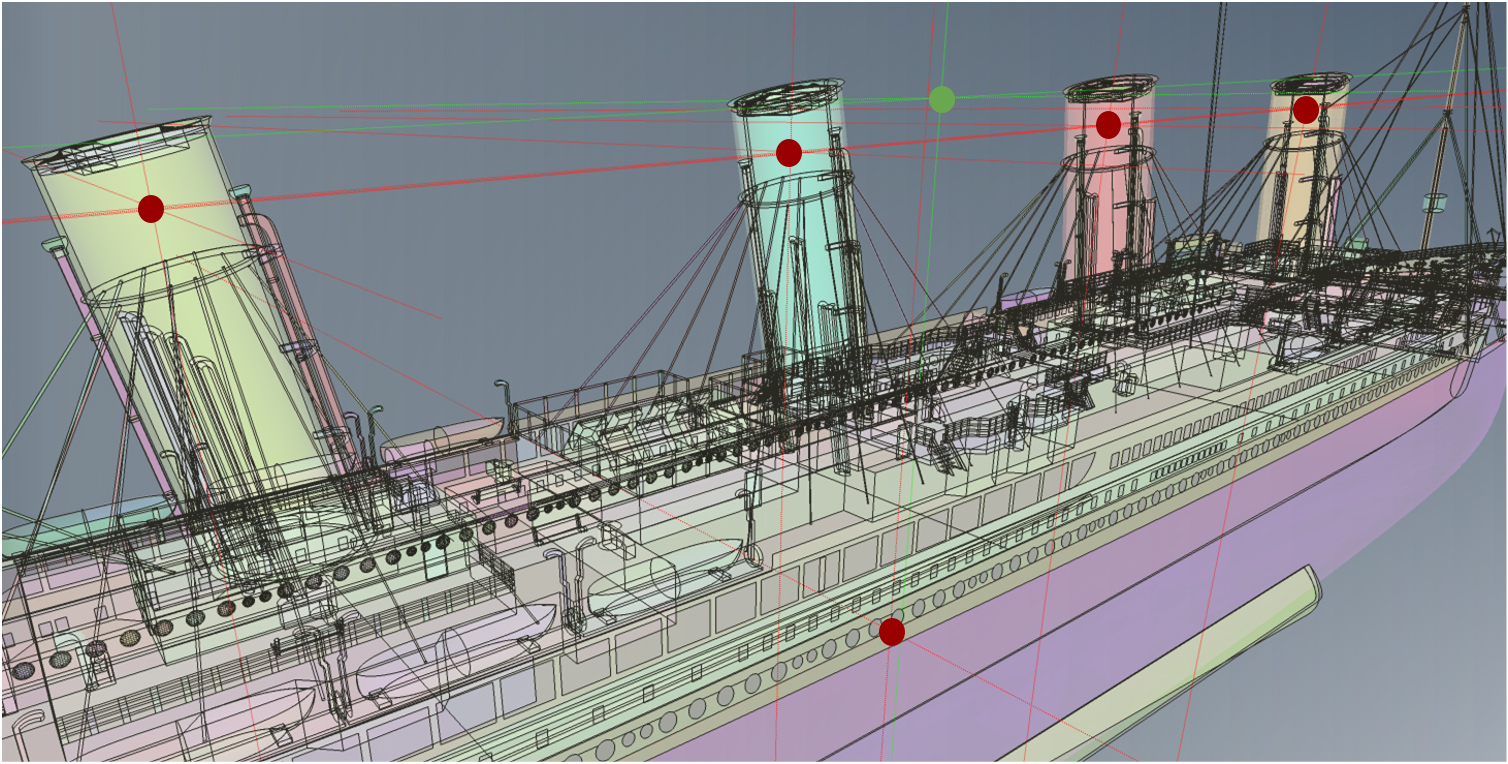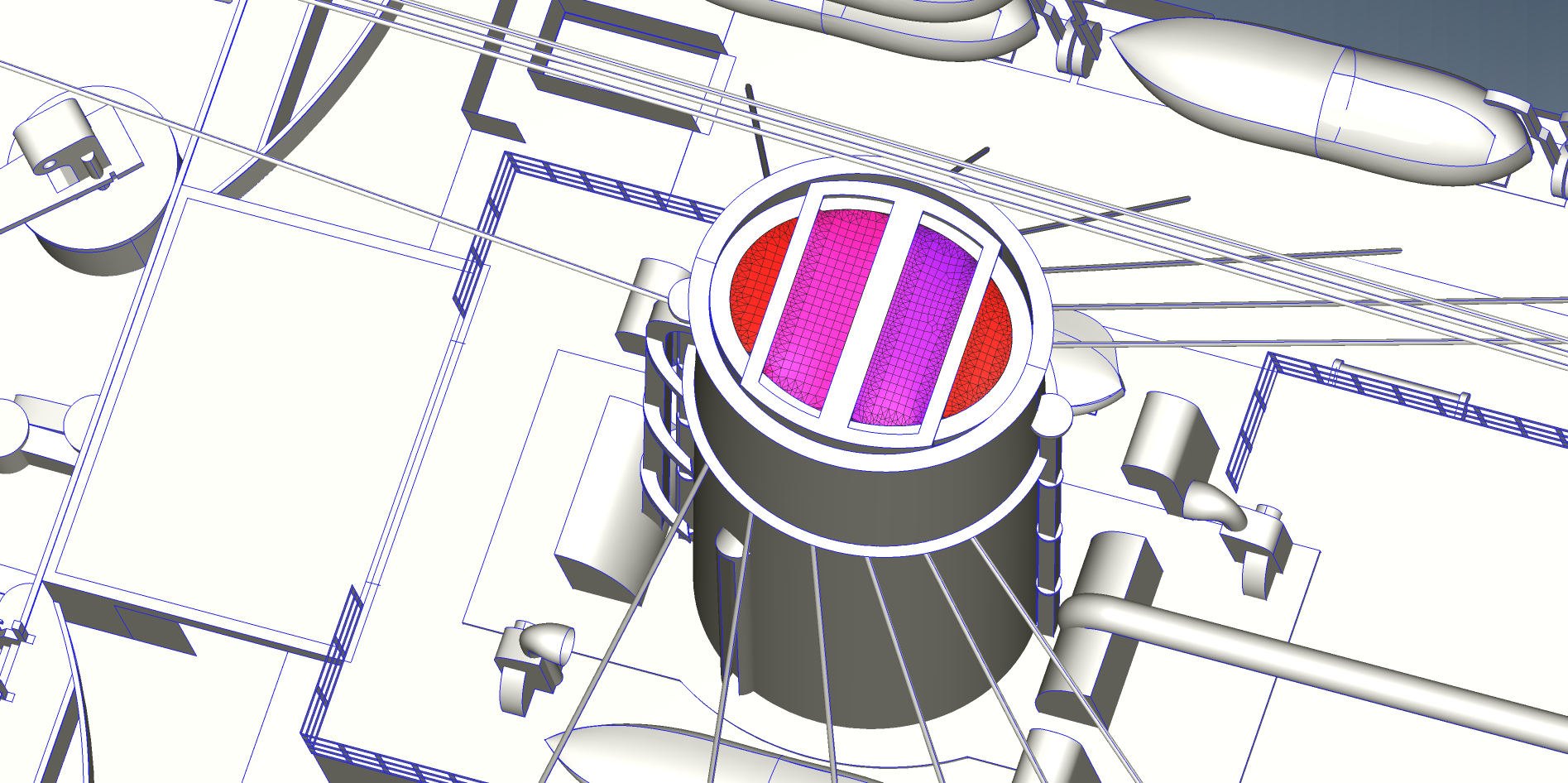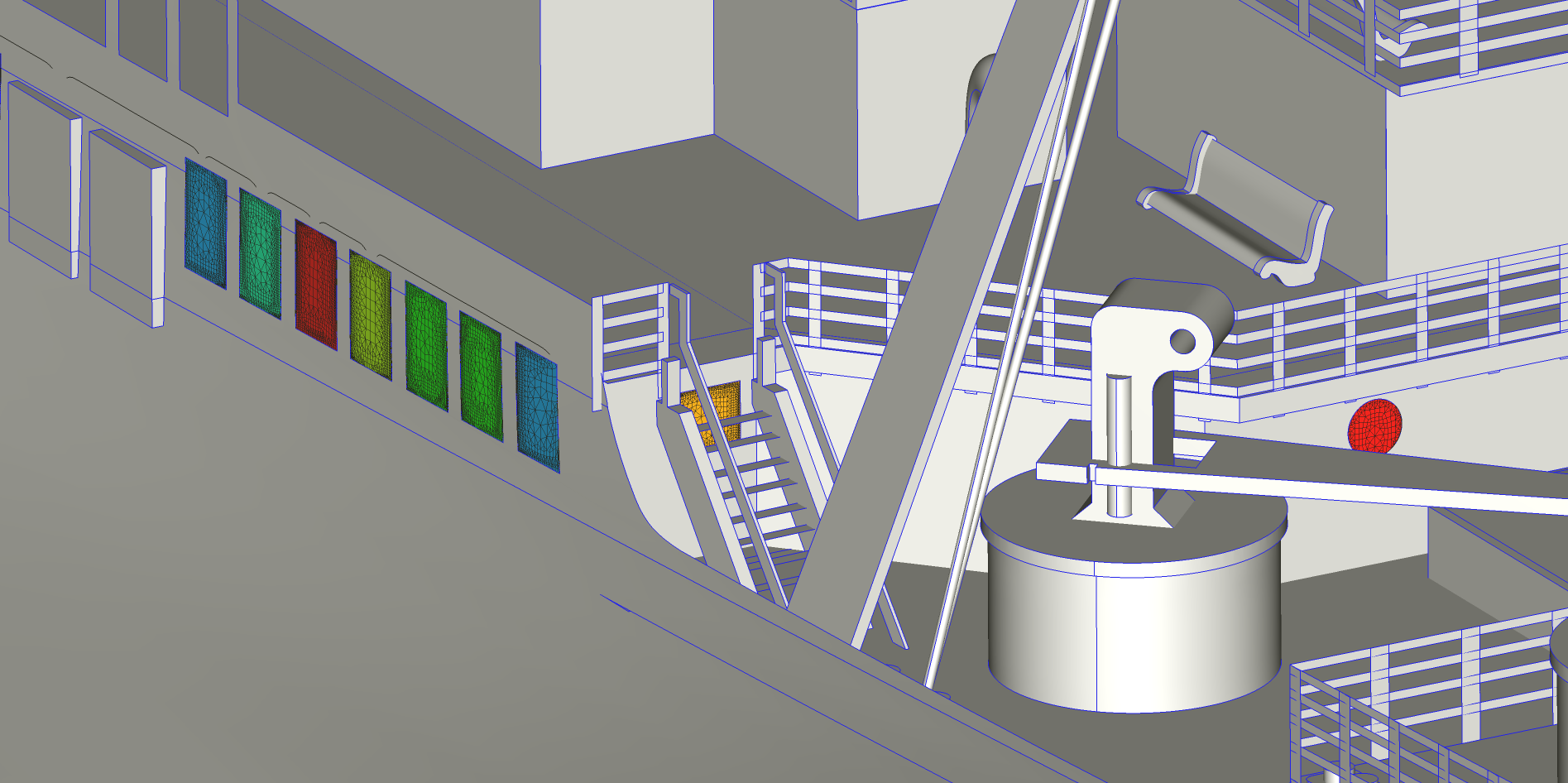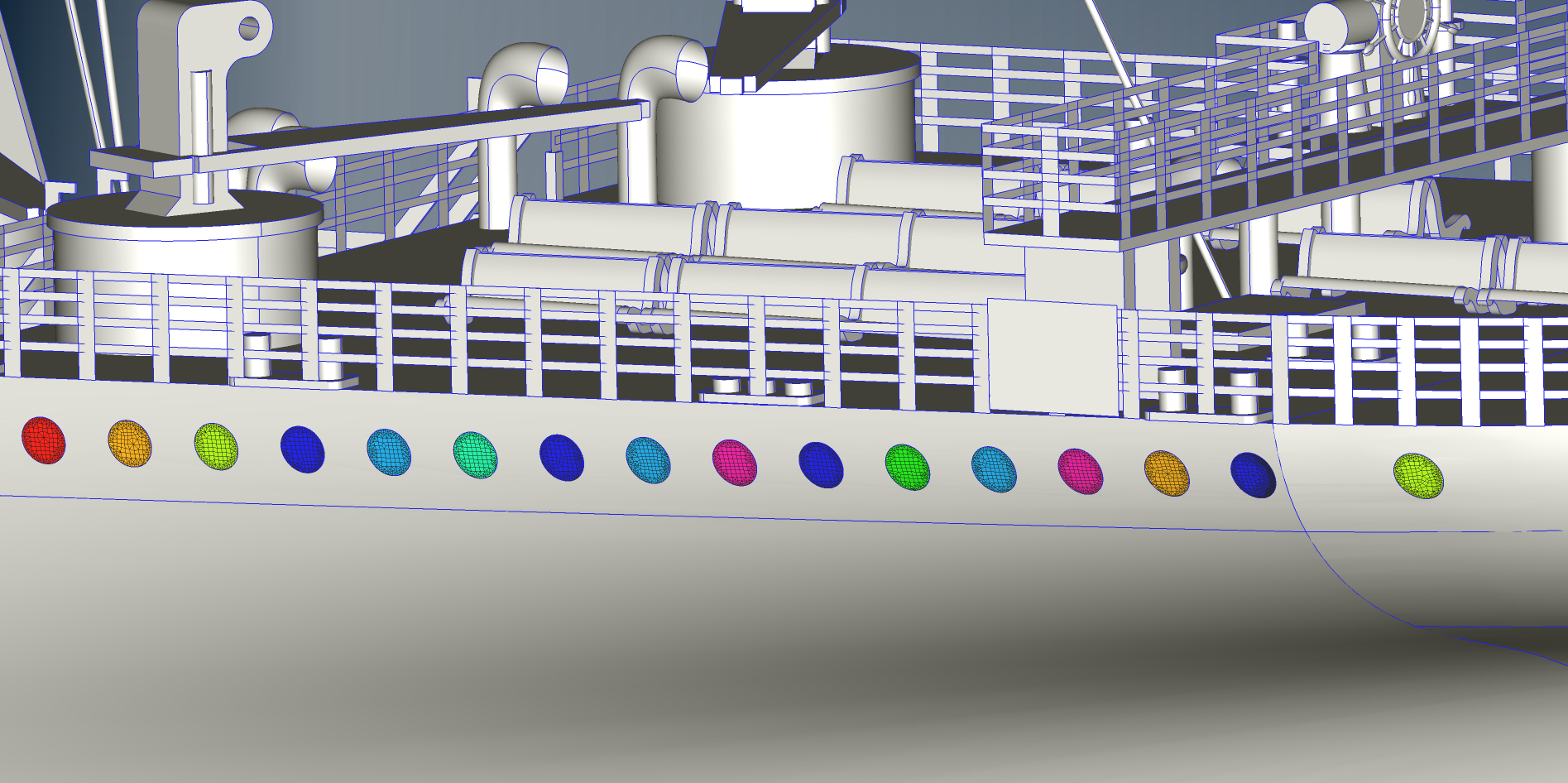AutoSeal – From CAD or STL to watertight Geometry in less than a Minute
Marine | Grid Generation
CFD techniques keep on improving every single day. So is the complexity of the geometry that engineers are required to model. And on top of the complexity, the CAD or the triangulation of this particular model can be done outside the CFD group, by people who have different requirements for the definition of the model. It is quite common that CFD engineers have to fill holes and remove gaps between surfaces to mesh correctly and easily. We heard these stories so many times… So we had to do something about it.
Many techniques exist for that purpose: capping the holes, removing geometry features, wrapping the geometry, etc., which are features that many CFD providers offer, as we do as well. They are often used in the absence of better. They all have their pros and cons but none of them could reach all the challenges at the same time that our users are requesting: it should work on CAD or STL files, no detail of the geometry should disappear, it must be as automatic as possible and it should be fast. That is exactly why HONDA challenged us on that particular topic, and we responded with the best and the most innovative approach currently present on the market; that we called: AutoSeal.
Directly from OMNIS™, the user defines only 3 settings: the geometry to inspect, several points to determine what is inside or outside the geometry and the minimum hole size under which the holes should be closed.
Let’s take a complex geometry: for instance, the Titanic. It contains more than 20k surfaces. If we want to create a mesh around that ship, we have to make sure it has no holes (which is very important for the Titanic) to avoid meshing inside it (or that the water goes inside the ship – pre iceberg encounter of course).
We can then define 5 inside points (4 into the chimney and 1 inside the hull) and 1 outside point external to the ship.
A minimum hole size of 0.7m can be defined, corresponding to the window size we see on the side of the ship, and we press the Apply button to launch the process on an 8 core machine. 282 closing surfaces and 50 seconds later the result is shown on the screen.
It has even found gaps between surfaces of some decks we might not have expected.
Instead of a week, engineers now only spend a few minutes to 1 hour to make the geometry ready for meshing without any simplification of the model by using AutoSeal. Surfaces are created exactly at the location where needed so that the mesh generation will go as smoothly as possible! This technology works for everything: complete cars, ships superstructures, combustion chambers, offshore platforms, or whatever challenging geometry you have, including CAD and STL, even coming from a 3D scan. Just request a free demo license to try it out by yourself! It will change your life.
